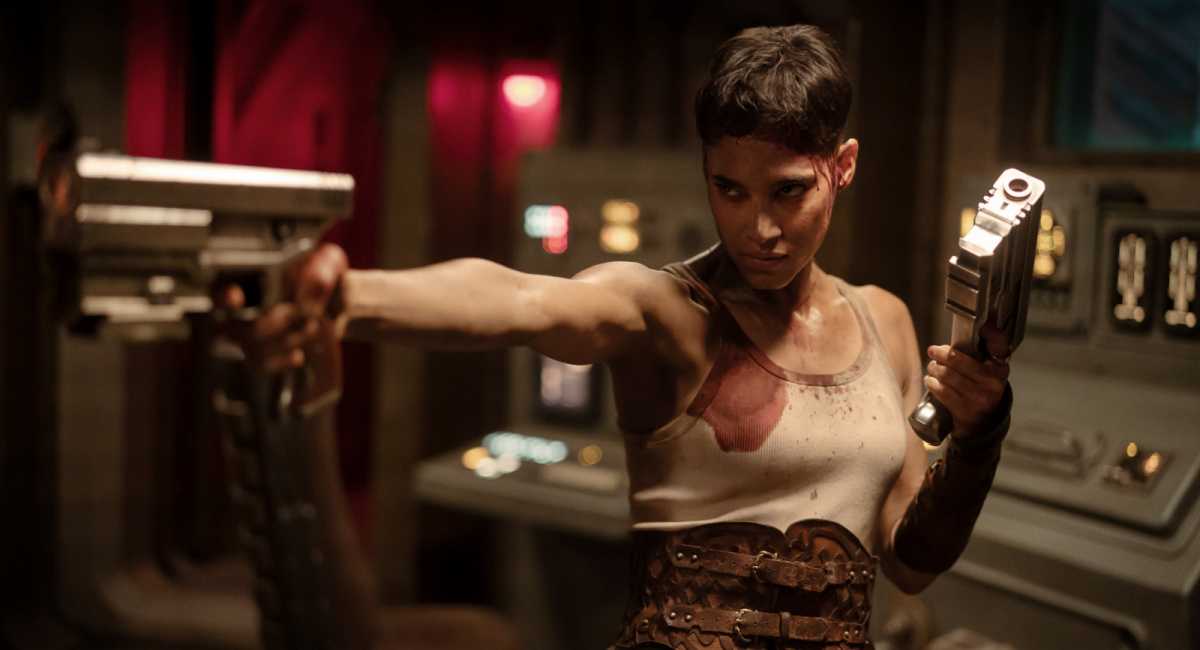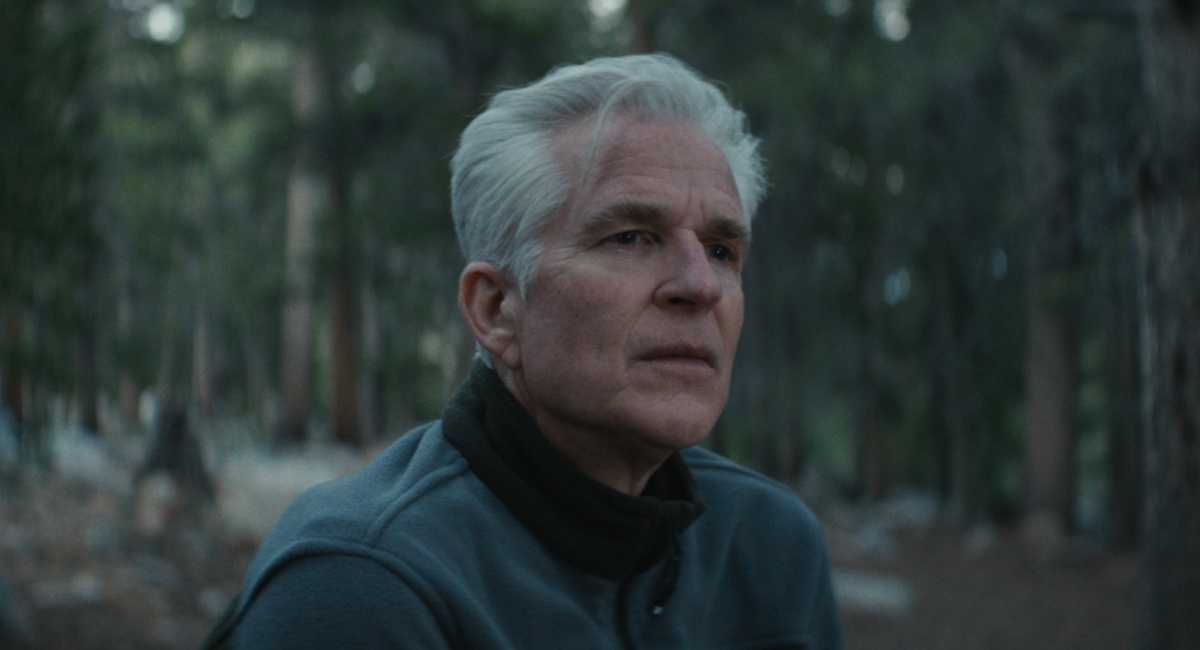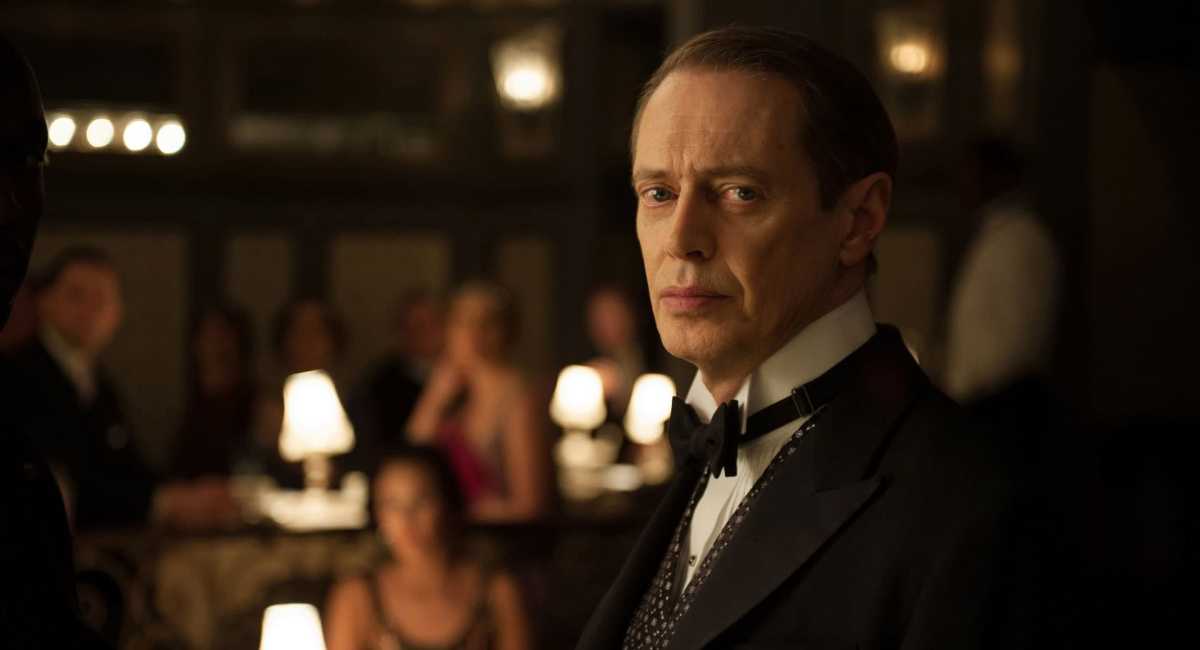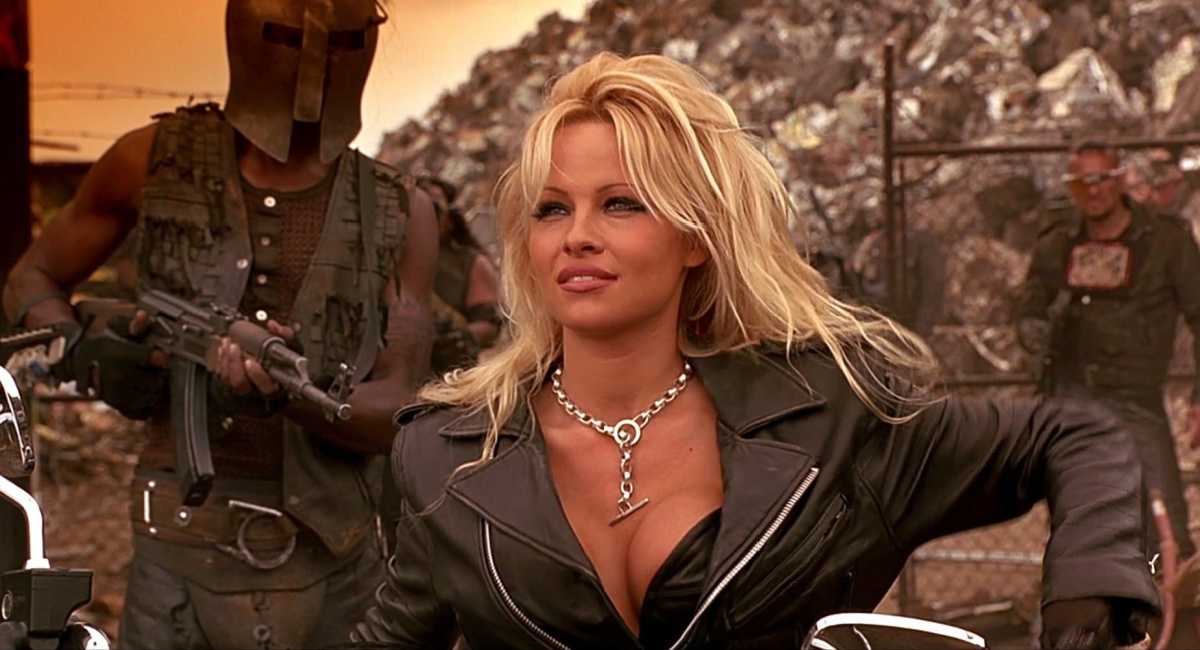8 Reasons Why We Still Love 'I Love Lucy'
This Sunday's "I Love Lucy Superstar Special" on CBS may just be an elaborate repackaging of two 60-year-old black-and-white sitcom episodes, now meticulously colorized and shown back-to-back without a pause. But anything Lucy-related remains a gold mine for CBS, even six decades later, and the May 17 special will probably not be an exception.
The two "I Love Lucy" episodes show a couple of Lucy Ricardo's (Lucille Ball) typically frustrating brushes with fame. In "L.A. at Last!", Lucy's bandleader husband Ricky (Desi Arnaz) is cast in a movie, which means a Hollywood road trip for the Ricardos and their friends Ethel and Fred Mertz (Vivian Vance and William Frawley). Lucy and Ricky each make the acquaintance of movie icon William Holden, playing himself, and gamely taking a pie in the face. (The colorized version CBS is airing contains footage not seen on TV since the episode first aired 60 years ago.) The second episode, "Lucy and Superman," has Lucy trying to book TV's Man of Steel, George Reeves, to appear at Little Ricky's birthday party, but when he can't make it, she dons the Superman suit herself.
Indeed, Lucy Ricardo was kind of a comedic superheroine, capable of doing just about anything, but only for a few minutes, before her efforts inevitably went catastrophically awry. Behind the camera, Lucille Ball was a heroine, too, blazing a path for TV performers and producers for which she's never received proper credit. Both fiery redheads -- the restless housewife and the woman who created her -- managed to create an indestructible sitcom; not even colorization can mar it. Here are eight reasons why "Lucy" -- and Lucy -- still matter.
8. "I Love Lucy" pretty much invented the TV sitcom as we know it. Before the show's 1951 debut, sitcoms on the new medium of television were essentially filmed half-hour plays, with fairly static cameras and minimalist sets. But Ball, Arnaz, and director Karl Freund came up with a way to make their show look and feel more dynamic, with a full set and three cameras shooting simultaneously from different angles, on 35mm film, so that scenes could be performed in sequence, just once, with shots and reaction shots edited together later. To accommodate the camera setup, and to provide Ball with the live feedback she thrived on, the couple custom-renovated a studio and shot the episodes in front of a live audience. The three-camera/live studio audience format is still widely used for sitcoms today, such as "The Big Bang Theory," "Mike & Molly," and "Mom."
7. "I Love Lucy" also pretty much invented the rerun. Back then, networks often discarded a show after its initial airing, which is why much of 1950s TV is lost forever. But the Arnazes negotiated for the right to own their filmed episodes. The network would then be able to re-air the shows, though it would have to pay the couple for the rebroadcast rights. That's what happened during the second season, when Ball became pregnant; to ease her schedule, fewer episodes were filmed, and CBS filled the remaining weeks with rebroadcasts. So the Arnazes not only invented reruns, but the whole second-run syndication market as well. It's one reason why "I Love Lucy" has never gone off the air in 60 years, enabling several generations to fall in love with Lucy.
6. The show made TV safe for mixed couples. Ball had wanted her real-life Cuban bandleader husband to play her on-screen spouse, but CBS balked initially at doing a show where an all-American redhead was married to a Latino man. Ball and Arnaz developed a vaudeville act and took it on the road to prove that America was ready to see them as a couple. The tour was a hit, CBS relented, and Arnaz's Ricky Ricardo became one of the most beloved TV husbands in history.
5. The show also made TV safe for pregnancy. Not that CBS allowed "I Love Lucy" even to use the word "pregnant." Still, when Ball became pregnant in real life, the show couldn't hide her bump, so the "Lucy" scribes wrote it into the show. (It wasn't the first sitcom to include a pregnancy plot arc, but it was the first to make such a storyline widely acceptable.) Ball even managed to deliver Desi Arnaz Jr. on the same night that the episode of Little Ricky's birth aired. It was the most-watched TV event that had ever aired up to that time. It would be a few more years before TV dared show a married couple whose bedroom had only one bed, but, you know, baby steps.
4. Lucy Ricardo would never have described herself as a proto-feminist, but she was. Although Ricky was a traditionalist who would have preferred a wife who stayed in the kitchen, many of the show's plots revolved around Lucy's efforts to break out of the domestic sphere (and especially to break into show business). Usually, she'd rope best friend Ethel, herself a former vaudeville performer, into her schemes. The women's efforts would usually backfire spectacularly (and hilariously), but they never stopped trying to prove their worth outside the traditional roles of wife and mother.
3. In real life, of course, Ball was not only in show business as a performer, she was also a trailblazing TV producer. She was one of the first women to own her own TV production company. Even after "I Love Lucy" ended its run, her Desilu firm (she bought out Desi's share in 1962, after their divorce) continued to produce such classic TV shows as "Star Trek," "The Untouchables," and "Mission: Impossible."
2. Even today, there persists in show business the curious conventional wisdom that women can't be both funny and beautiful. Ball and her show are Exhibit A that this premise is false.
1. The ultimate reason we still love Lucy is that the show is still uproariously funny. Even though we've seen some reruns so often that they're practically burned into our DNA, we still laugh every time we see Lucy and Ethel trying in vain to keep up with that chocolate assembly line, or every time we watch Lucy stomp grapes, or every time we see her get sozzled on Vitameatavegamin, or every time Ricky tells her she's "got some 'splainin to do." The show may have dated a bit, but the slapstick, the gags, the comic timing, and the volatile chemistry among the characters -- all of that still holds up.






















